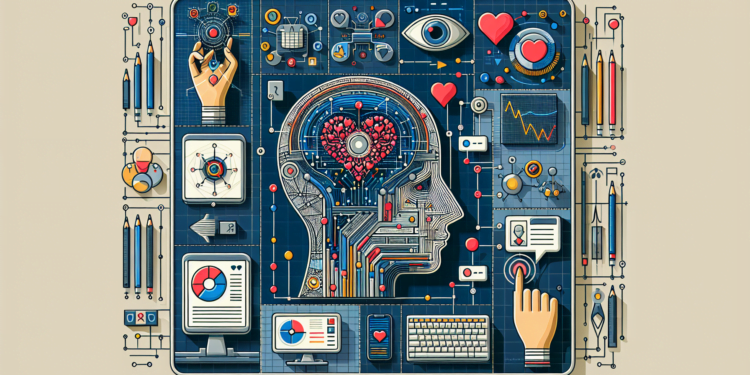Affective Computing, a subdiscipline at the interface of artificial intelligence (AI) and cognitive psychology, aspires to endow machines with the ability to recognize, interpret, and process human emotional states. The concatenation of advancements in deep learning algorithms, natural language processing (NLP), biometric sensors, and convolutional neural networks (CNN) has accelerated progress in this sphere, fostering more intuitive and empathetic applications that redefine human-machine interaction.
Current Approaches: From Processing to Emotional Recognition
Emotional recognition, the cornerstone of affective computing, is based on pattern extraction across multiple input modalities: facial expressions, vocal prosody, text patterns, and physiological signals. CNNs, complemented by recurrent neural networks (RNN) and attention mechanisms, have excelled in interpreting visual and temporal data, enhancing the accuracy of facial expression and speech pattern recognition.
The implementation of NLP has strengthened AI’s capacity to discern subtle emotional connotations present in written texts. Algorithms like BERT (Bidirectional Encoder Representations from Transformers) and GPT (Generative Pre-trained Transformer) have revolutionized the contextual understanding of linguistic data, extrapolating the sentimental nuances of human language.
In the realm of physiological signals, the advancement of sensors and wearable devices has allowed for a more refined and continuous capture of biomarkers relevant to affectivity, such as skin conductance, heart rate, and body temperature. These data, analyzed by advanced machine learning techniques, enable a more holistic and less intrusive emotional recognition.
Innovations in Algorithms and Predictive Models
Exploring predictive models in affective computing involves not only understanding current emotions but also anticipating future emotional reactions. Recent research has focused on constructing algorithms capable of predicting individual emotional dynamics, taking into account the personality and social context of the subject. Graph theory, in combination with models like Long Short-Term Memory (LSTM), has shown effectiveness in these medium-term projections.
Development in semi-supervised and unsupervised learning has led to systems that adapt to new environments with a minimum of labeled data, learning incrementally and autonomously the human emotional spectrum. This is imperative in affective computing, where a diversity of emotional expressions and cultural contexts requires robustness and flexibility in the models used.
Emerging Practical Applications
The integration of affective computing into virtual assistants, online learning environments, and healthcare systems illustrates its practical applications. Assistants that adapt their responses according to the user’s emotional tone enhance the service experience and foster a more natural bond. In education, emotional tracking allows for the customization of content and pace of learning in line with the student’s affective state, leading to better outcomes and increased engagement.
In healthcare, the remote monitoring of emotional and physiological indicators assists in the early detection of mental disorders and in the management of chronic conditions, promising a more patient-centered and real-time care approach.
Ethical and Privacy Considerations
Handling sensitive emotional data involves significant ethical challenges. Systems must be designed with privacy by design principles and governed by regulatory frameworks that protect individuals’ privacy. Interpretation and action based on affective recognition require a multidisciplinary approach encompassing ethics, regulations, and philosophies of technology.
Future Directions and Challenges
Continued research into AI-assisted emotional regulation, and the implementation of adaptive feedback mechanisms, represents promising avenues, as AI becomes more self-taught and contextually aware. The advent of generative models capable of simulating emotional responses will allow machines not just to understand but also to participate in affective exchanges more genuinely.
Affective computing systems, reconciling fundamental theories of emotions with practical and challenging implementations, are shaping a future where human-machine interaction will be characterized by an emotionally enriched and mutually intelligible dialogue. The prospects of these technologies demand a sharp analysis of technical advancements intertwined with critical reflection on their implications for society, laying the groundwork for innovations that not only expand our technical possibilities but also nourish and respect our human condition.






















